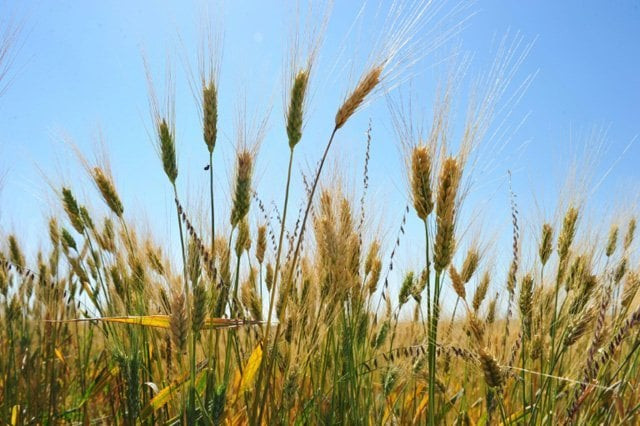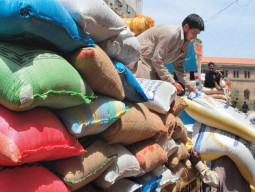
Whereas the decades-old method to collect 1,240 agricultural samples at the district level has been abolished and a more extensive system to collect crop reporting sample from over 5,500 locations at union council level has been introduced.
Although World Bank consultants had asked for millions of dollars to develop the system while Faisalabad University quoted Rs 140 million, the new system has been developed using the agriculture department’s own resources and now at least two samples are being taken from each union council.
The previous system, owing to manual procedures, had critical flaws in estimating cultivation area and production of all four major crops as well as others. Moreover, the government staff, instead of visiting fields to gather information, would send self-reported statistics to the government, which would lead to issues in formulating agricultural and economic policies.
FAO to help boost climate resilience of crops
According to details, for the last 40 years, the Directorate of Crop Reporting Service, established by the Punjab Agriculture Department, had collected only 1,240 agricultural samples collectively at the district level and had estimated the cultivation and production of each crop. While the estimate was also based on the staff’s estimation and statistics rather than actual information gathered from the fields, as all crop reporting was thus far done through paperwork.
Two years ago, the World Bank had offered the Punjab government to make a new crop reporting system through its consultants for a price of around USD 10 million, under the Smart Program. However, a few months ago, following the directives of Secretary Agriculture Punjab Wasef Khurshid, Director Crop Reporting Service Dr Abdul Qayyum started working on developing the new system locally, which is now near completion. Whereas, the manual system has been completely eliminated and a software dashboard has been included in the new system that works in both, English and Urdu to facilitate the operating staff.
Once the software is complete, of all 1,058 crop reporters of the department will be required to go to the field to get the crop sample and upload all the details and photos from there to the dashboard. Moreover, multiple dashboard pages have been created, so if a crop reporter tries to feed incomplete or bogus data, the system will not progress and the report will remain incomplete. Minor details of each crop have also been added to the dashboard, with the expectation that it will help the agriculture to not only get the closest data on cultivation area and production but will also help avail important information about fertiliser use, crop patterns, water use, various agricultural diseases and prevention methods.
'Centre responsible for inflation, losses to farmers'
Furthermore, the new crop reporting system has an error rate of only ± 5%. A system with such a low error rate is very useful considering that in a recent pilot satellite crop survey conducted by a university in the United States in collaboration with Faisalabad University; wheat cultivation in Punjab was reported to be from 11.9 million acres to 22.51 million acres. This means there was a difference of plus or minus 100% in the calculation.
The sources revealed that since the new crop reporting system has been activated, crop reporters have been facing problems in commuting to the field and the department has asked the government to provide revolving funds so that employees can buy motorcycles on easy instalments. On the other hand, there are 1,605 posts approved for crop reporting service, but only 300 of them are vacant at the moment. Talking to The Express, Secretary Agriculture Punjab Wasif Khurshid said that the crop reporting system, implemented for 40 years, was not compatible with modern requirements. “Various problems were emerging due to unreliable and incomplete data. The new system is fully developed by the department and we will now have the closest data of all crops,” he concluded.
Published in The Express Tribune, February 18th, 2020.


















COMMENTS
Comments are moderated and generally will be posted if they are on-topic and not abusive.
For more information, please see our Comments FAQ